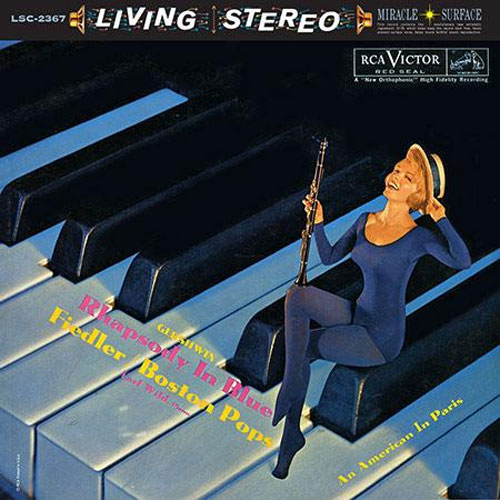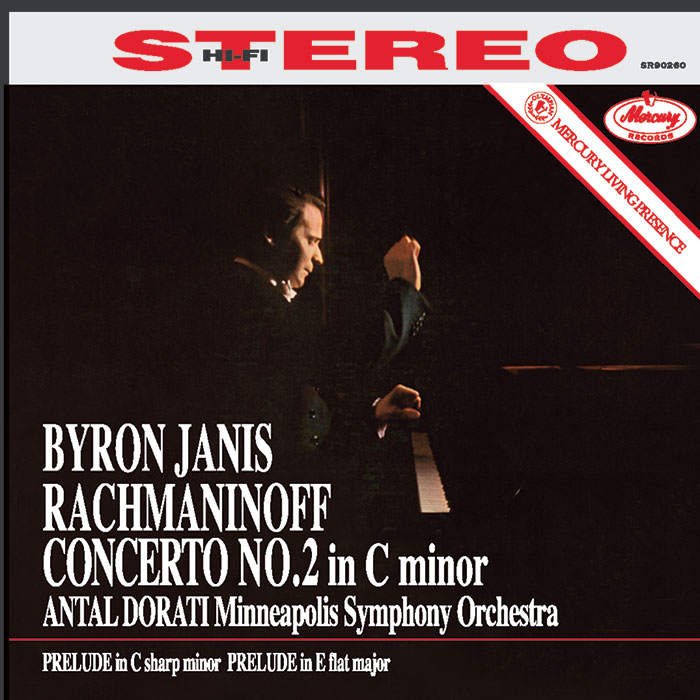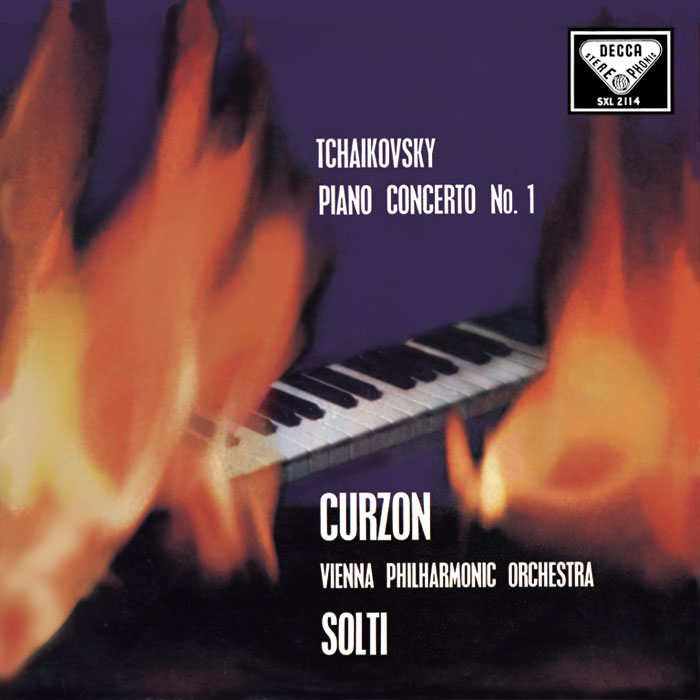Logowanie
Mikołaj - ten to ma gest!
Elton John, The Mamas & The Papas, Cat Stevens, Rod Stewart, Bobbie Gentry, Stevie Wonder, Engelbert Humperdinck
Memory Lane
Edycja Numerowana - 1000 egzemplarzy w skali światowej
RACHMANINOV, Eiji Oue, Minnesota Orchestra
Symphonic Dances / Vocalise
Best Recordings of 2001!!! NAJCZĘŚCIEJ KUPOWANA PŁYTA Z RR!
Karnawał czas zacząć!
Music of Love - Hi-Fi Latin Rhythms
Samba : Music of Celebration
AUDIOPHILE 24BIT RECORDING AND MASTERING
CHOPIN, LISZT, DEBUSSY, DVORAK, Gerhard Oppitz
Dances romantiques - A fantastic Notturno
Wzorcowa jakość audiofilska z Clearaudio
Winylowy niezbędnik
ClearAudio
Double Matrix Professional - Sonic
najbardziej inteligentna i skuteczna pralka do płyt winylowych wszelkiego typu - całkowicie automatyczna
GERSHWIN, Katie Mahan
Rhapsody in Blue / Embraeceable You / I Got Rhythm / Our Love is here to Stay
- Katie Mahan - piano
- GERSHWIN
Direct-to-Disc ( D2D ) - Numbered Limited Edition
Berliner Schalplatten - Meister to przedsięwzięcie wyjątkowe.
W czasach, gdzie liczy się kosmiczna cyfryzacja, nadzwyczaj skomplikowana obróbka sygnału, wyszukane nośniki - Berlińczycy sięgnęli po najbardziej wyrafinowane ale TRADYCYJNE metody nagrywania i tłoczenia płyt winylowych.
Z zachowaniem wszelkich, najwyższych rygorów technologicznych - wrócili do metody direct-to-disc. Polega ona - najkrócej rzecz ujmując - na pominięciu taśmy matki, nośników cyfrowych takich jaki dyski twarde. Dźwięk ze studia NACINANY jest bezpośrednio na matrycę, z której tłoczyć się będzie płyty winylowe!
Wartością dodatkową tych wydawnictw jest fakt, że muzycy mając świadomość, że nagranie nie będzie podlegało jakiemukolwiek montażowi, nie będzie można dograć jakiejś partii czy inaczej zmiksować prezentowany materiał – grają (jak to ująć?) na 200%! Wyraźnie wyczuwa się ten specyficzny klimat, tę atmosferę wyjątkowości koncertu, jego niepowtarzalności.
Płyty direct-to-disc są obecnie najlepszymi wzorcami naturalnego brzmienia. Do tych nagrań należy „stroić” Państwa tory dźwiękowe. Jeśli kontrabas czy skrzypce z innych nagrań brzmią w Państwa pokoju inaczej niż na tych płytach, to znaczy, że nie brzmią prawdziwie.
Trudno będzie też Państwu znaleźć na współczesnym rynku nagrania o tak przestrzennej architekturze, planach i kierunkach.
I choć w pierwszej chwili zaskoczą Państwa te nagranie brakiem basu zbijającego tynk ze ścian czy też fletów i trąbek przeszywających zastawy stołowe na 12 osób zamieniając je w porcelanowy pył, to po chwili opanuje Państwa nadzwyczajny spokój, powróci pełny ład w myślach i harmonia w uczuciach.
Bo dostroją się Państwo do tej muzyki - prawdziwie brzmiącej, zgodnej biologicznie i mentalnie z naszym jestestwem.
Nagrania OBOWIĄZKOWE!
DIRECT-TO-DISC
100% Disc
With a direct to disc recording, the music is recorded directly onto a lacquer disc.
The original carrier for manufacturing a vinyl record is the so-called lacquer disc. Direct-to-disc recordings use the lacquer disc as recording medium. Direct-to-disc productions are recordings, which are optimised for vinyl records.
100% Authentic
Genius is genius, mistake is mistake. There is only one chance. What has been played can be heard. What can be heard has been played.
A musician once compared direct-to-disc productions with walking a tightrope. He would perform differently if he knew that there was no chance to correct, cut or improve anything afterwards. It would be more honest and more conscious.
100% Analogue
From the microphone to the final vinyl disc, the audio signal stays analogue, without compromise.
Lacking a storage process on tape or as a coputer file, there are very short and direct signal routes. The instruments' sound waves are transformed into electrical oscillations by microphones, and cut into a groove on the lacquer disc by the cutting stylus directly and without any delay. Direct-to-disc recordings do without digitising the music, and also without a lossy storage on analogue tape.
100% Music
What you can hear on a direct-to-disc recording is the result of a long preparation and rehearsal time. It is not the result of subsequent manipulation and further changes of arrangement and recording.
With today's modern digital signal processing, mistakes are usually corrected in normal recordings. Why play perfectly, if it can be fixed in the computer afterwards anyway? This way of thinking leads to a very different recording process than recording direct-to-disc, as this possibility has been removed deliberately.
100% Originality
Direct-to-disc recordings are originals.
The recording is made onto a lacquer disc. With a galvanic process this lacquer disc is turned into an extrusion die. Every vinyl disc is thus an original copy of this recording. Because lacquer discs and extrusion dies are destroyed or worn out during the manufacturing and multiplication process, the pressed vinly discs are ultimately the best possible reproductions of a direct-to-disc recording.
100% Risk
Recording direct-to-disc is a very consequent way of producing a music recording. The production process and the use of technology is very different from conventional recordings. Everyone involved in a direct-to-disc recording must be able to rely completely on his colleagues' skills, as any mistake from the musicians, the recording team, the equipment or the galvanic process is audible or can lead to a cancellation of the whole production. Musicians and engineers report that in today's time, they perceive this as an enormous incentive and inspiration.

































